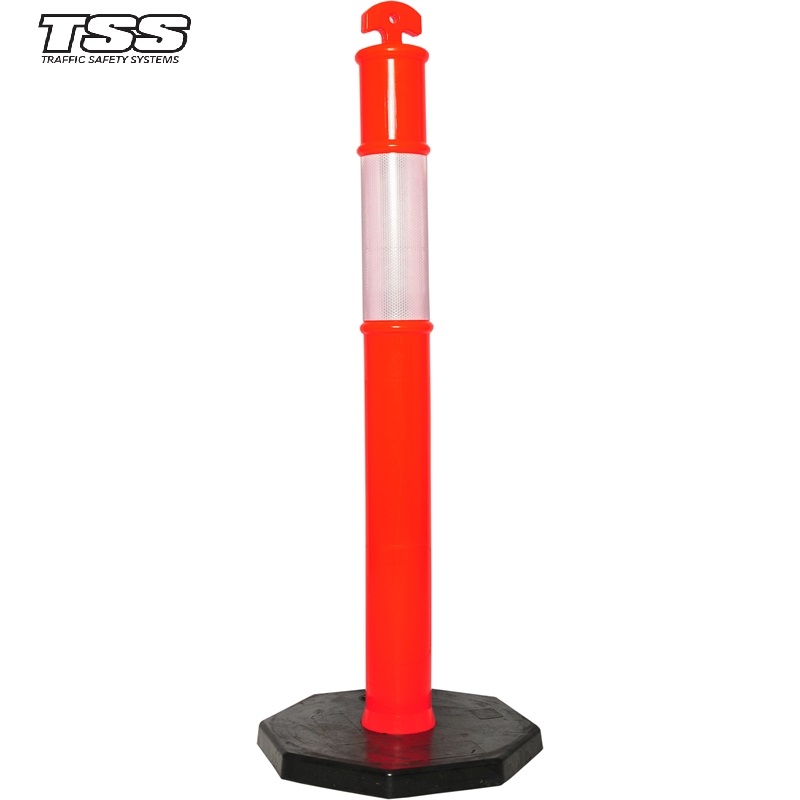Bollards play a crucial role in various settings, from traffic management to enhancing security. These sturdy posts are designed to guide and protect pedestrians and structures from potential hazards. However, choosing the right height for your bollard is essential to ensure its effectiveness and functionality.
In this blog post, we will explore the factors you should consider when selecting the height of your bollard. So, let’s dive in and discover the key elements that can influence this decision.
-
Purpose of the Bollard
Before determining the height of your bollard, it’s vital to understand its intended purpose. Are you aiming to control vehicular traffic, safeguard a storefront, or establish pedestrian boundaries? Each purpose may require a different bollard height.
For instance, traffic management bollards should be tall enough to be easily visible, while storefront protection bollards may prioritise a balance between visibility and aesthetics.
-
Visibility and Deterrence
One crucial aspect to consider when selecting bollard height is visibility. The primary purpose of bollards is to alert drivers and pedestrians of their presence, effectively preventing accidents and deterring unauthorised access. Opting for a taller bollard can significantly improve visibility, ensuring that it catches the attention of approaching vehicles and pedestrians.
However, striking the right balance is key, as excessively tall bollards might negatively impact the aesthetic appeal of the surrounding environment.
-
Impact Resistance
Another important consideration is the level of impact resistance required for your bollard. The height of the bollard can affect its ability to withstand potential collisions and protect pedestrians or structures from harm.
In high-security areas or places prone to vehicular accidents, taller bollards may be necessary to provide greater physical protection. It is crucial to assess the specific risks and potential impacts your bollard may encounter when determining the appropriate height.
-
Accessibility and ADA Compliance
When installing bollards, it is essential to consider accessibility and compliance with the Americans with Disabilities Act (ADA). ADA guidelines provide standards for accessible design to ensure equal access for individuals with disabilities. Bollards should not obstruct or impede the movement of wheelchair users or visually impaired individuals.
By selecting an appropriate height, you can maintain accessibility while still achieving your desired safety and security goals.
-
Environmental Considerations
Lastly, it is important to take environmental factors into account when choosing the height of your bollard. Factors such as weather conditions, terrain, and the surrounding landscape can influence the effectiveness of your bollard.
For instance, in areas prone to heavy snowfall, taller bollards may be necessary to ensure they remain visible and effective even in harsh weather conditions.
Similarly, in locations with uneven ground, adjustable bollards may offer greater flexibility.
Conclusion
In conclusion, selecting the appropriate height for your bollard requires careful consideration of various factors. The purpose of the bollard, visibility, impact resistance, accessibility, and environmental factors are all key elements to assess when making this decision.
By taking these factors into account, you can choose a bollard height that not only enhances safety and security but also blends harmoniously with its surroundings.
So, whether you’re safeguarding a storefront, managing traffic, or protecting pedestrians, remember to keep these factors in mind when selecting the height of your bollard.




